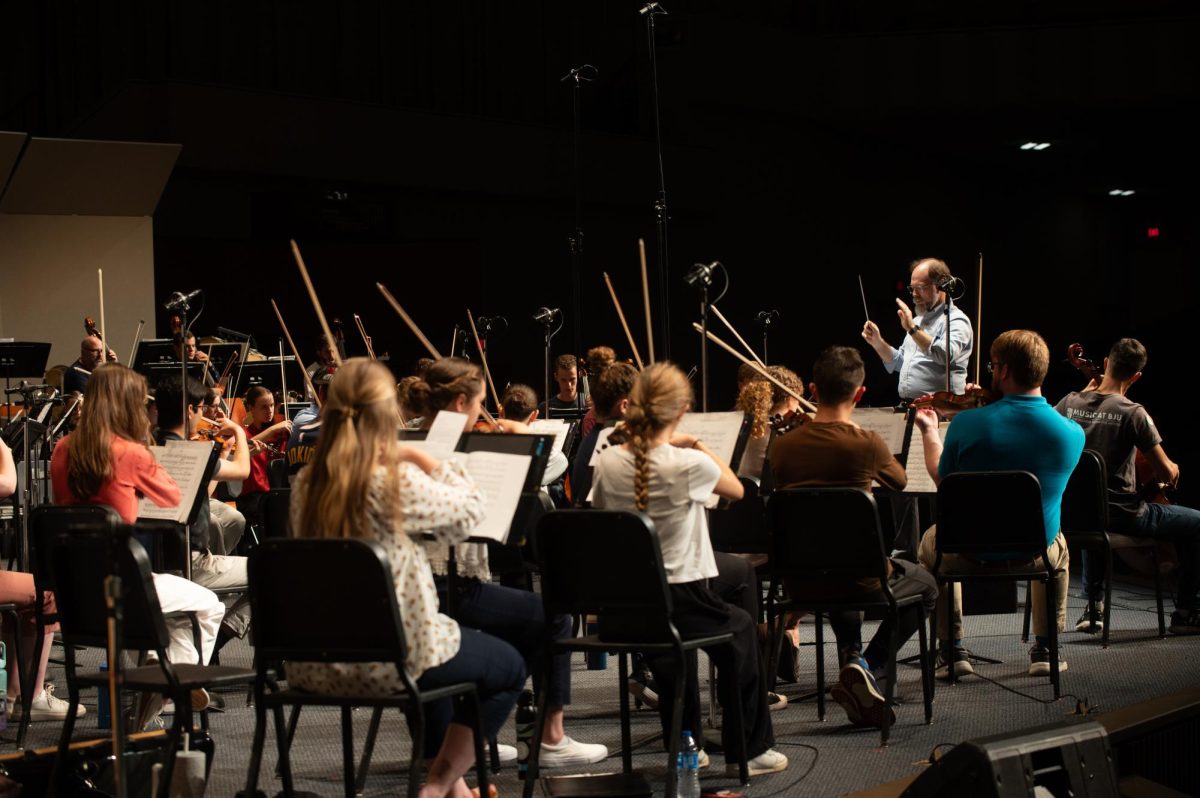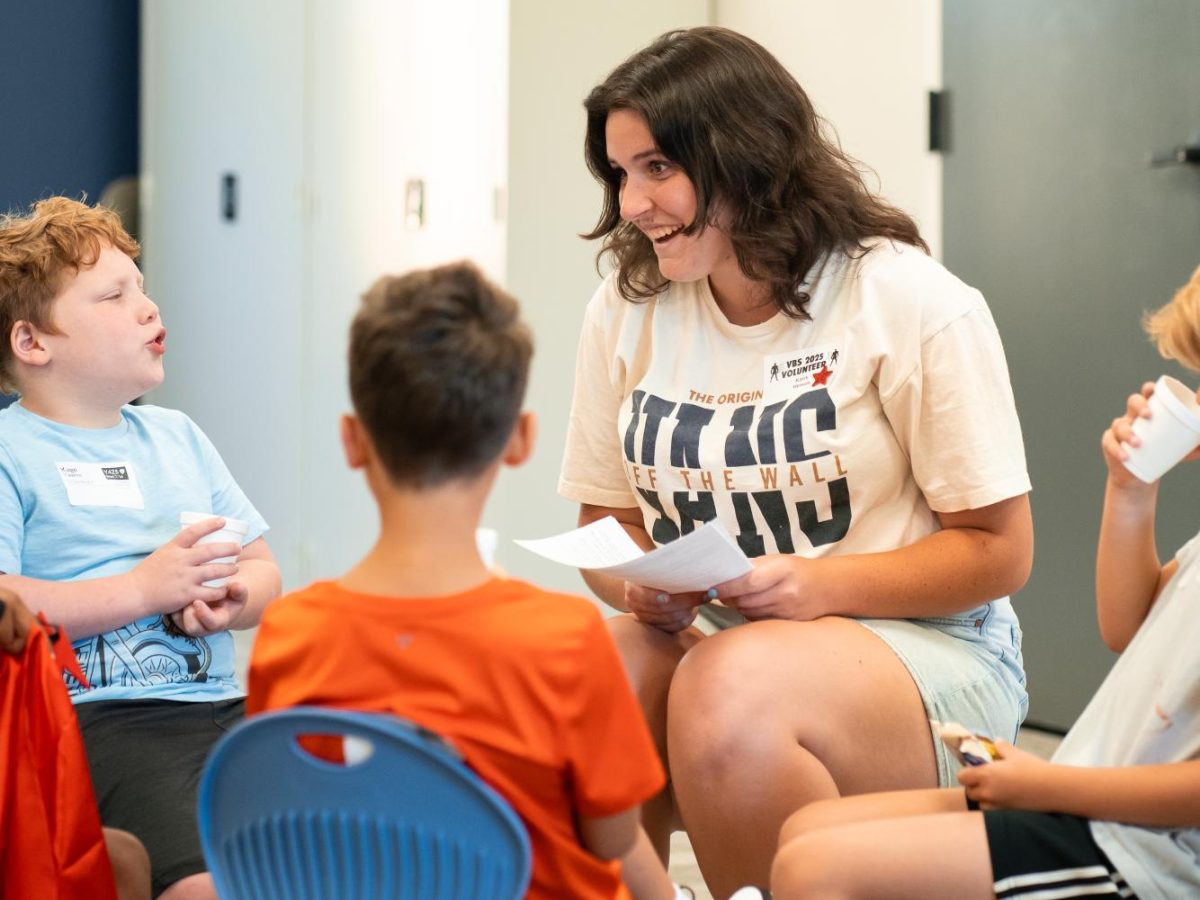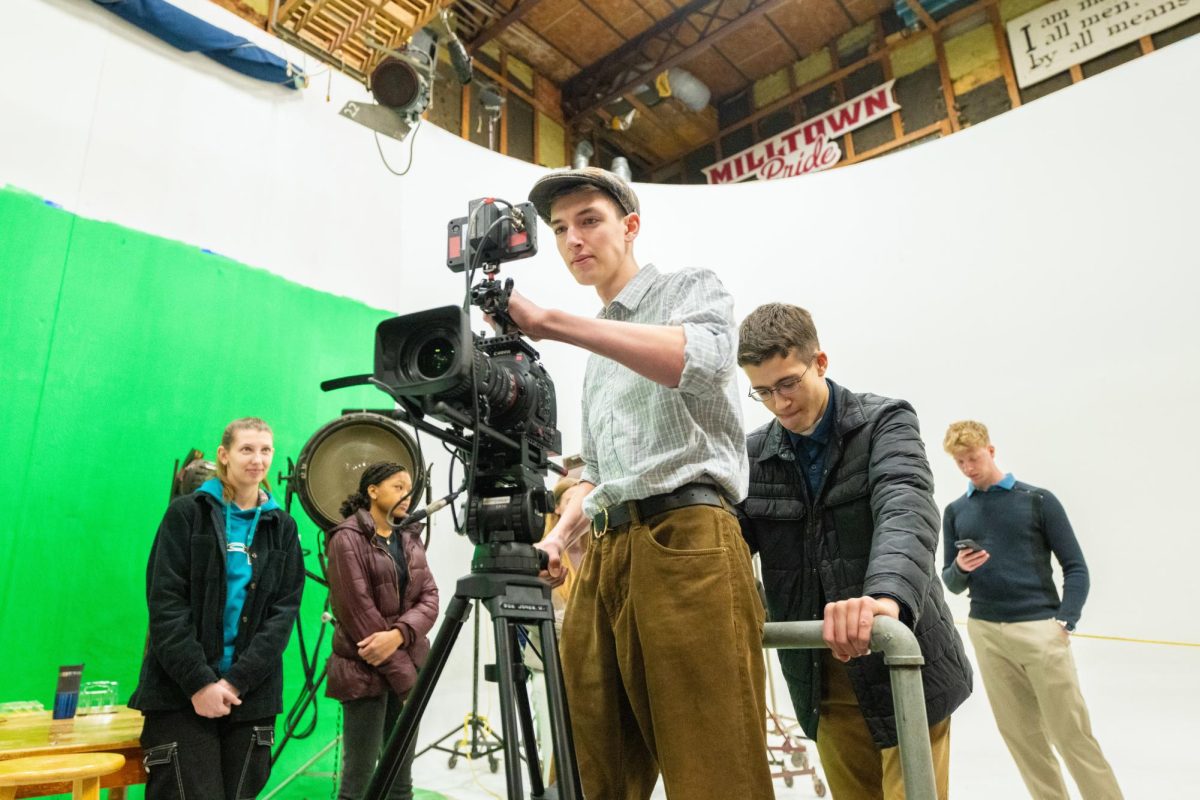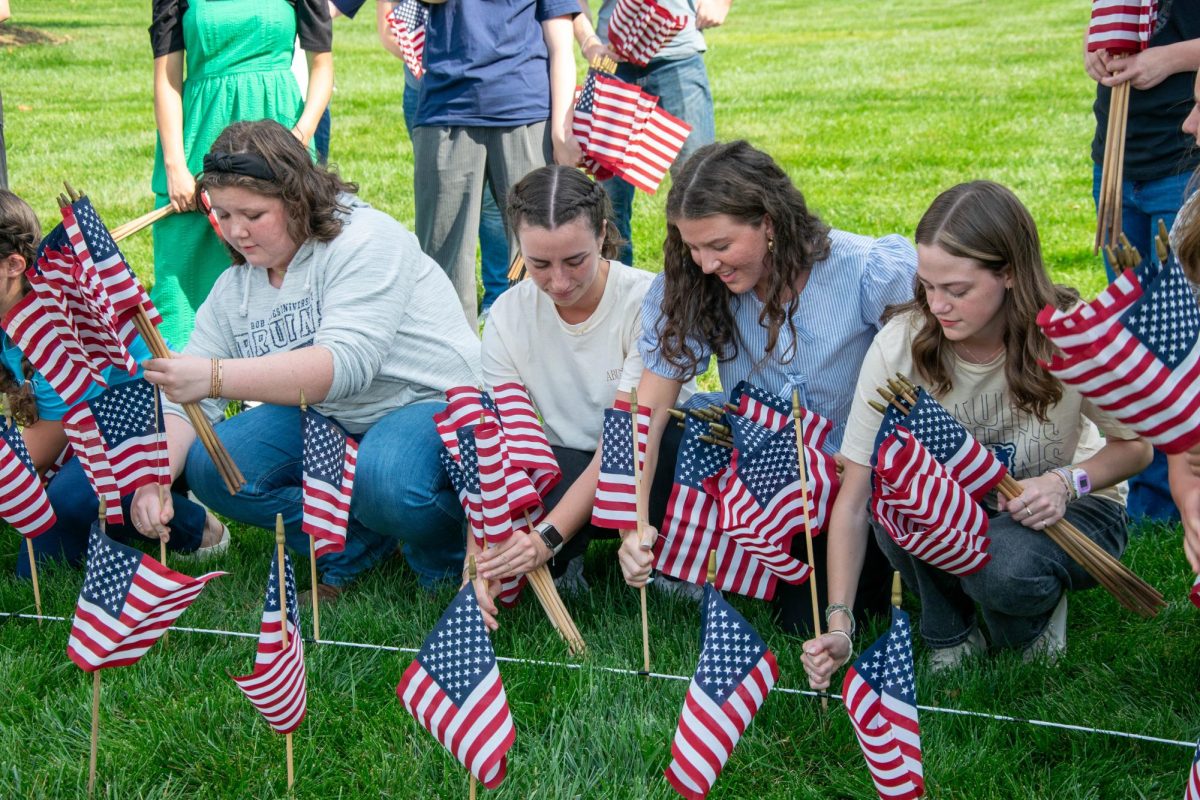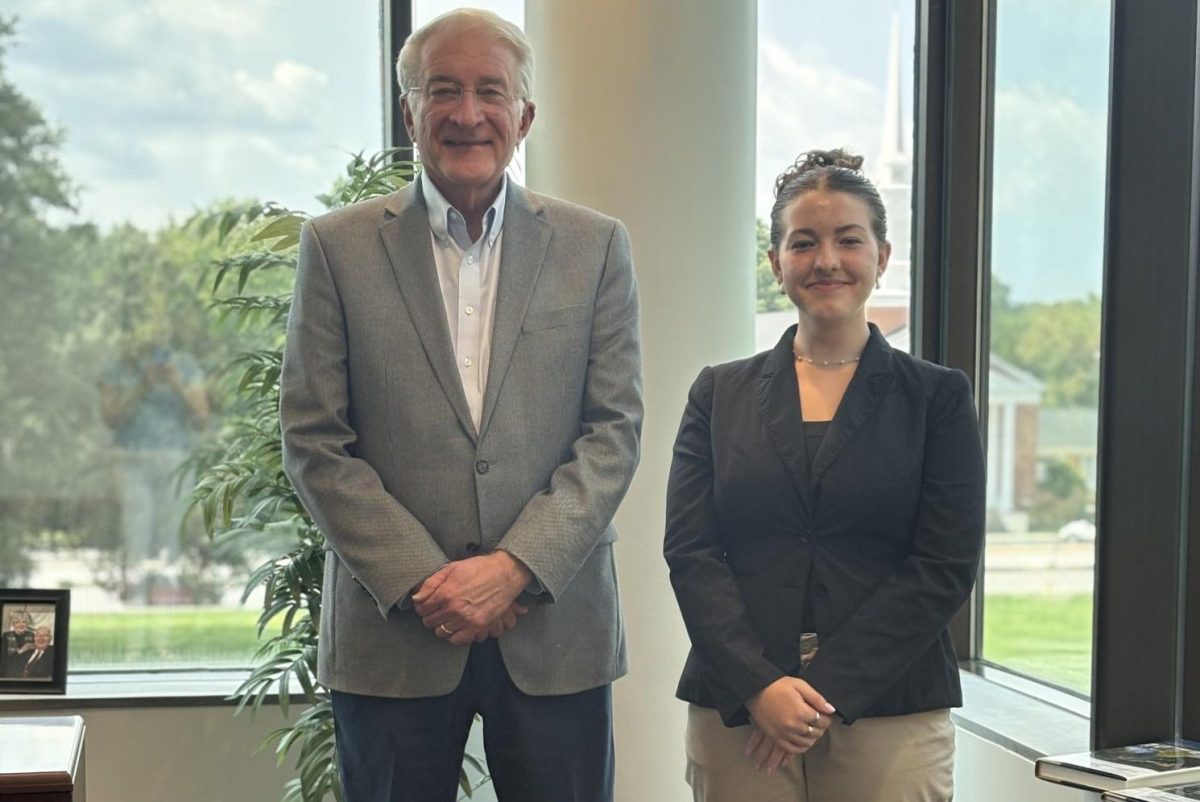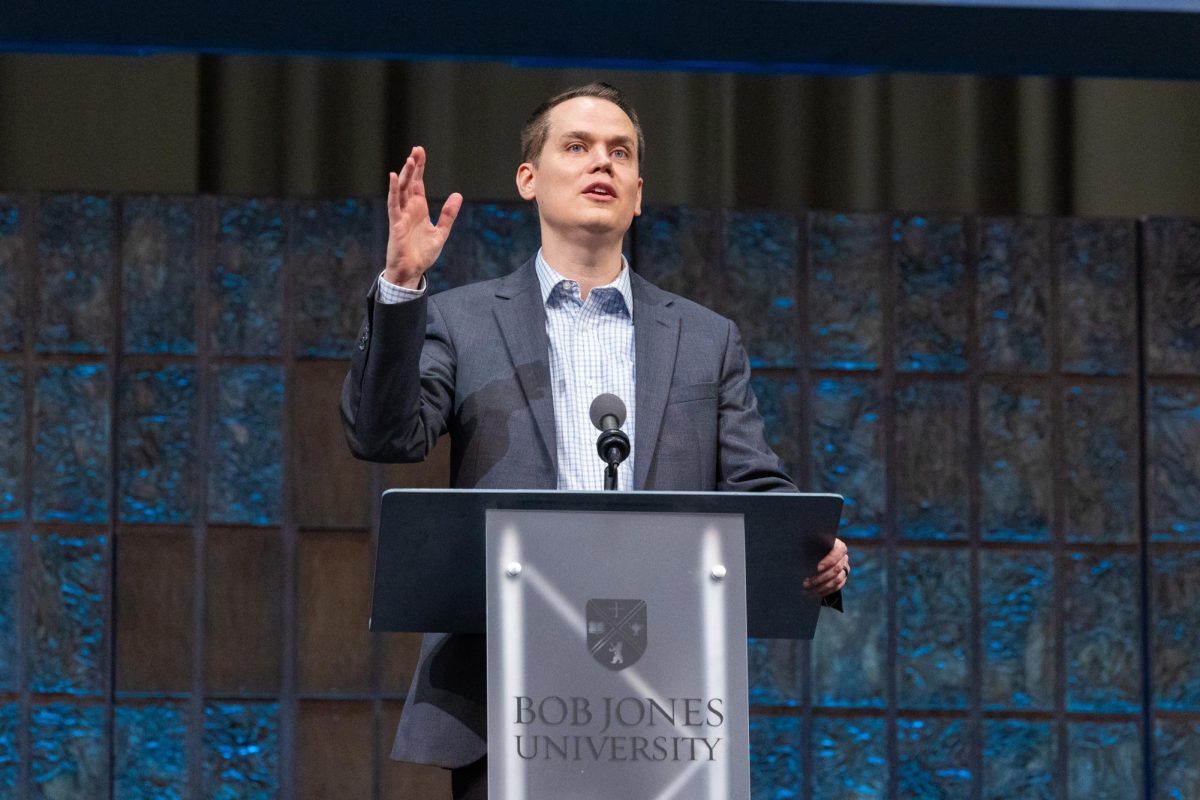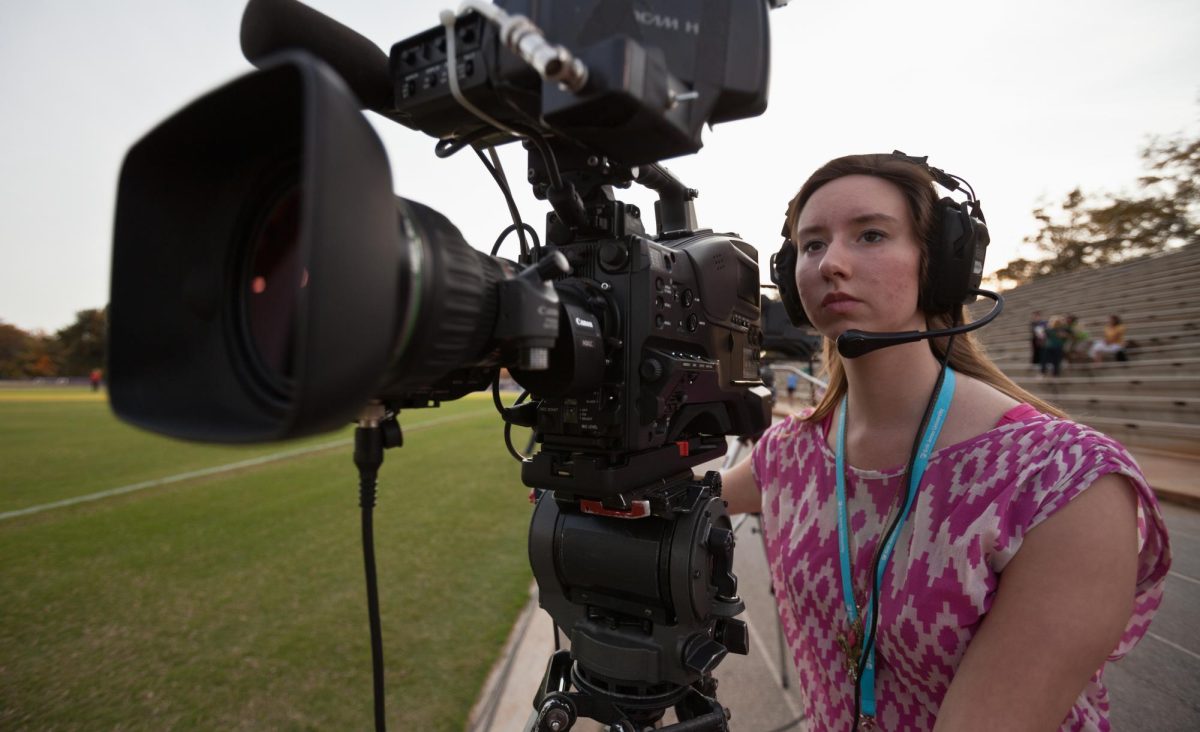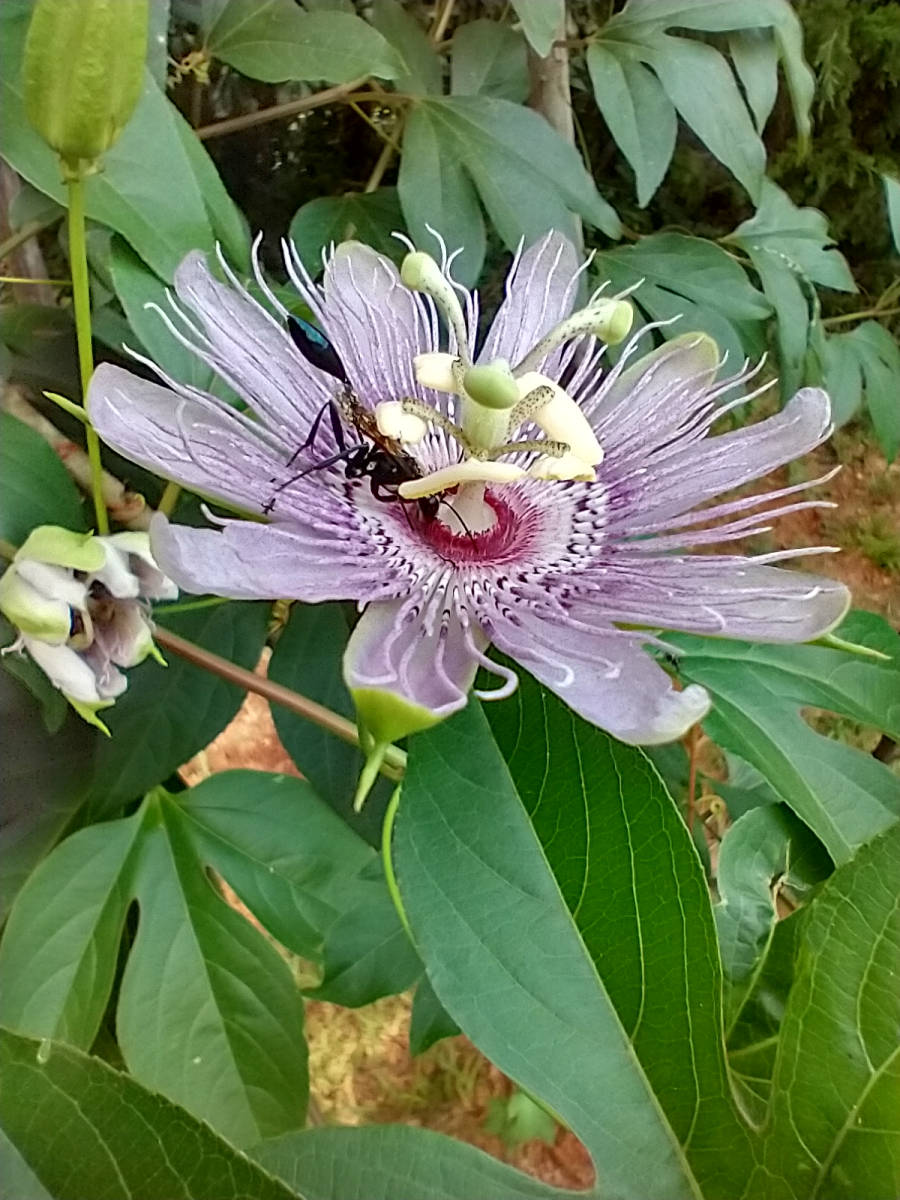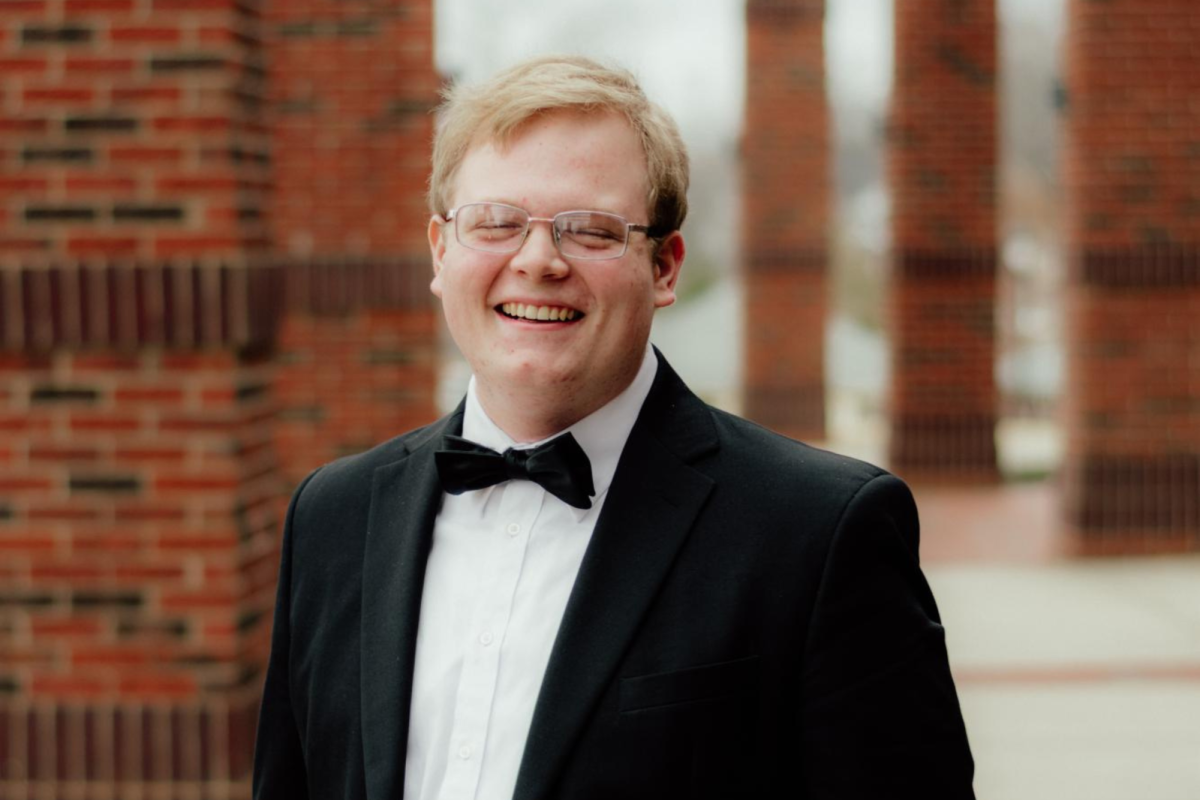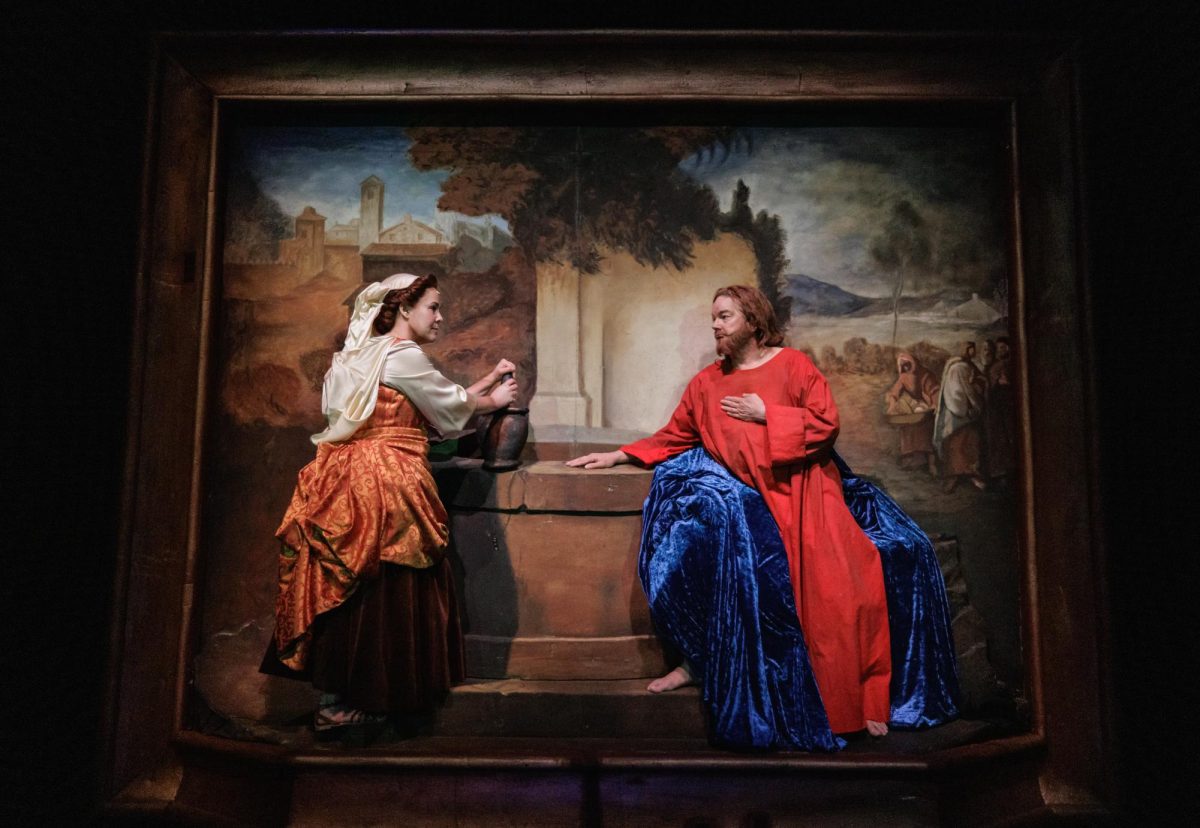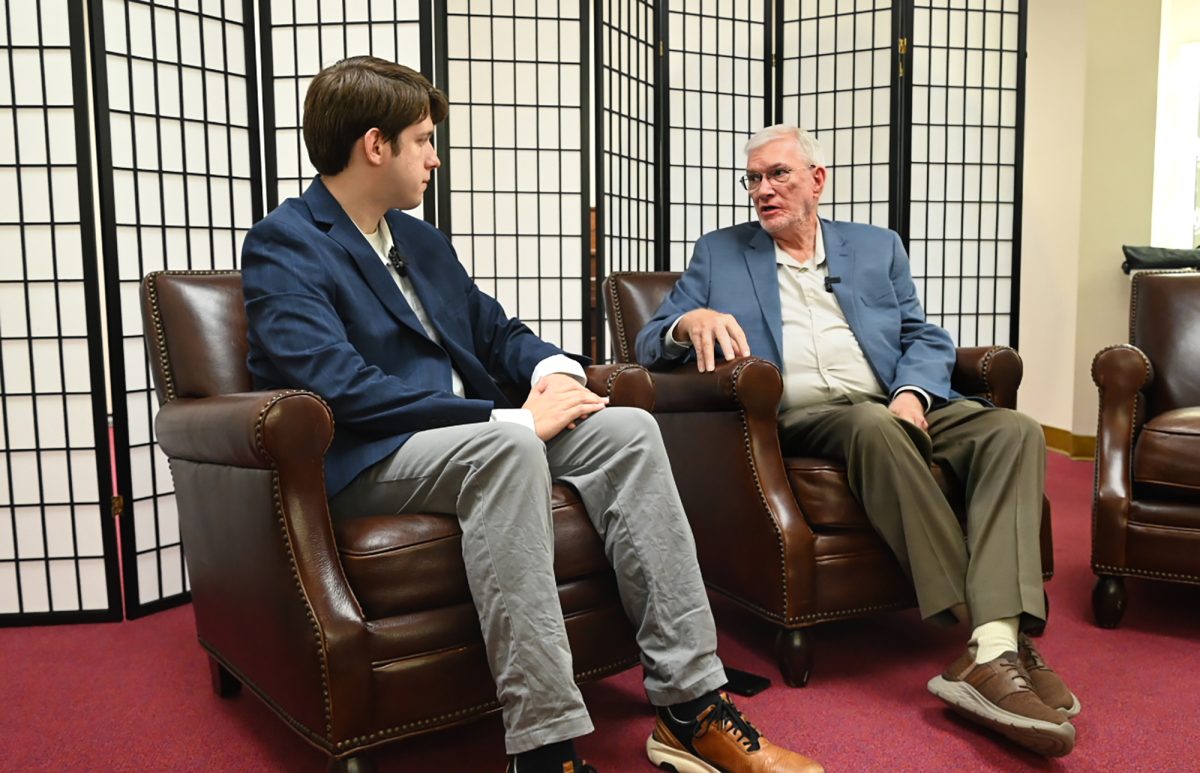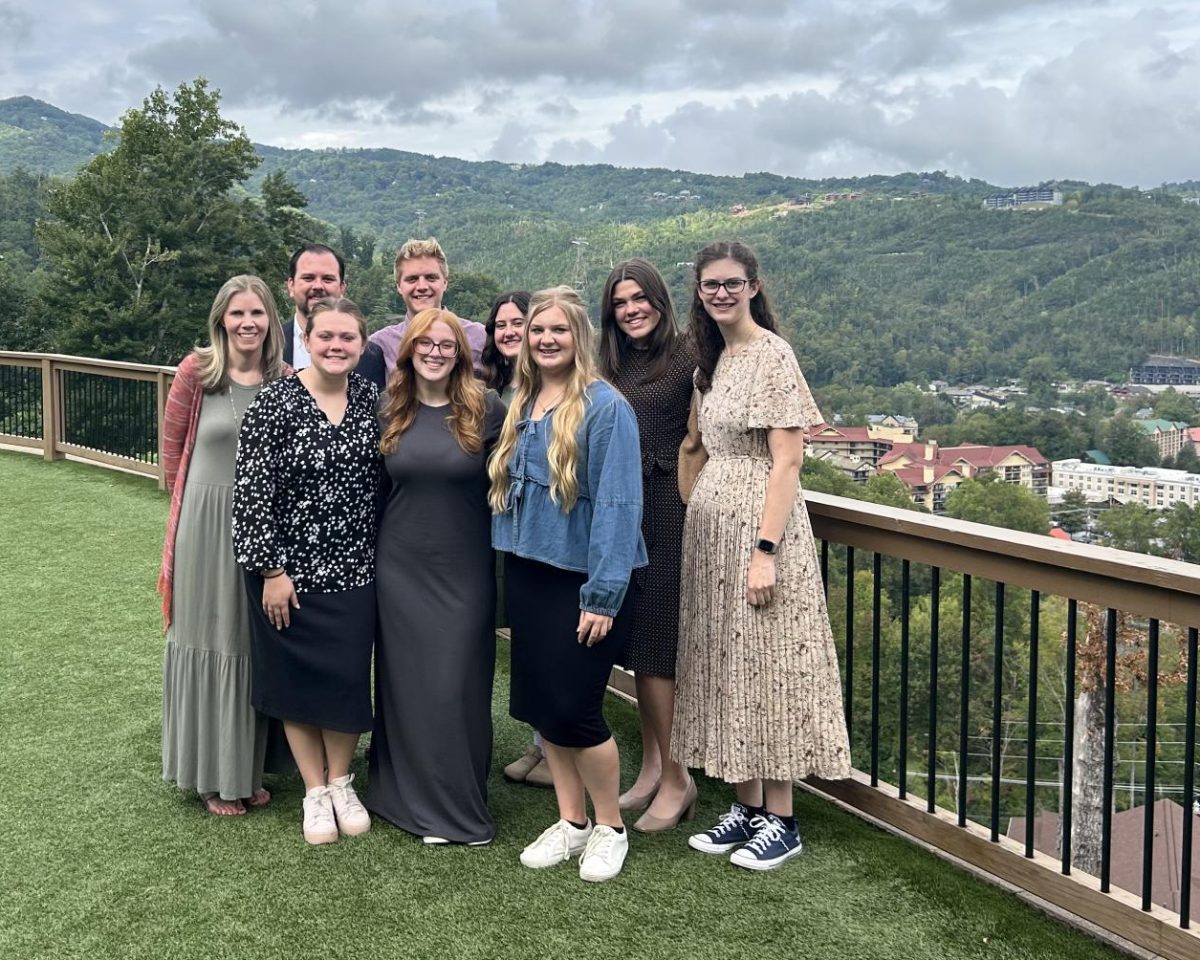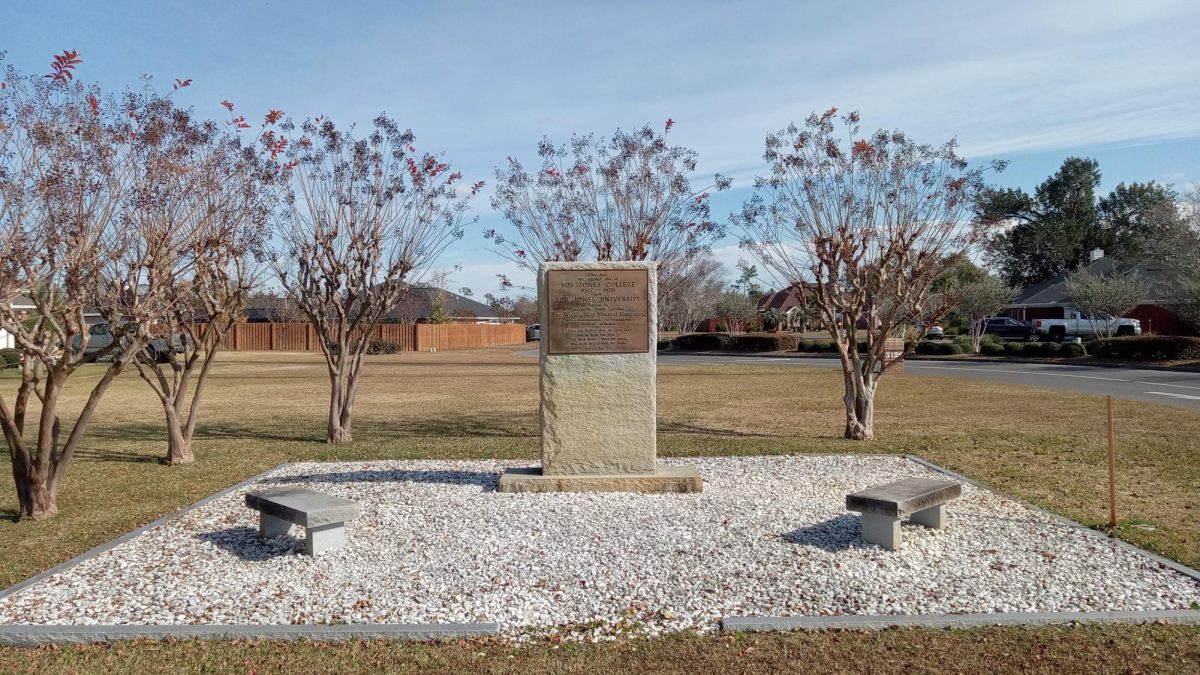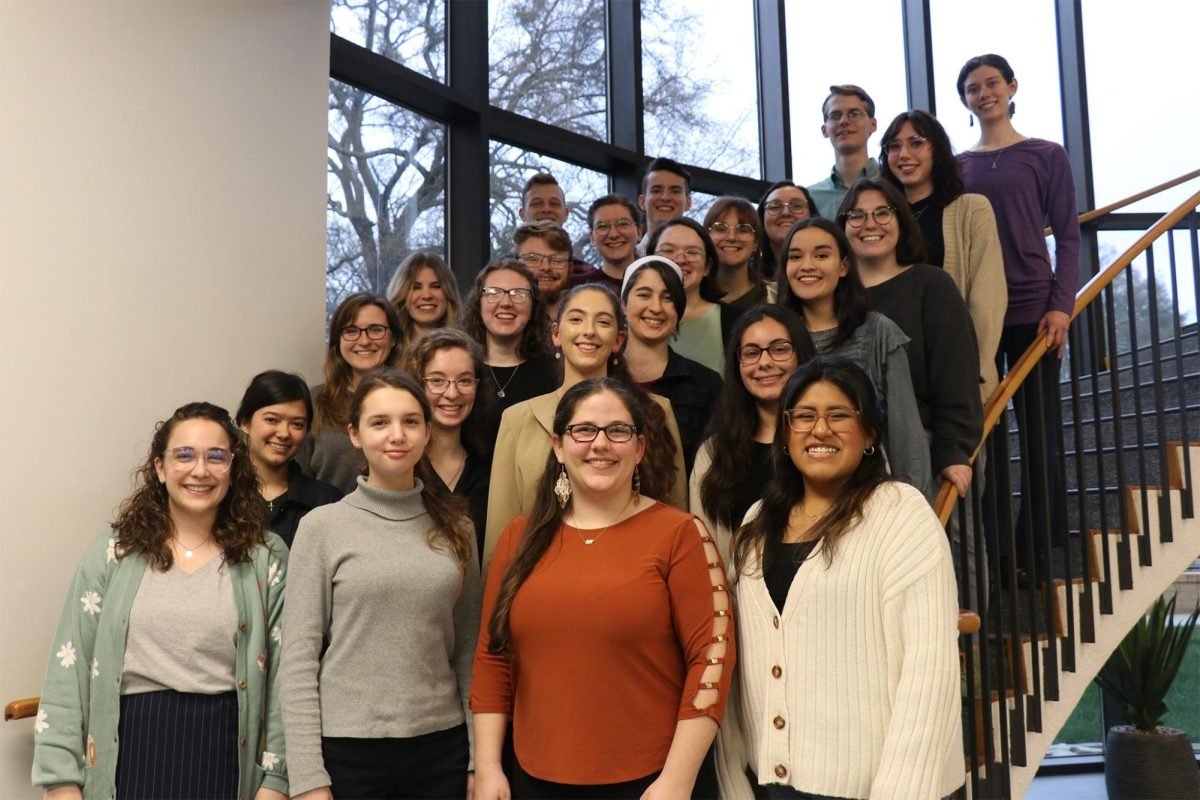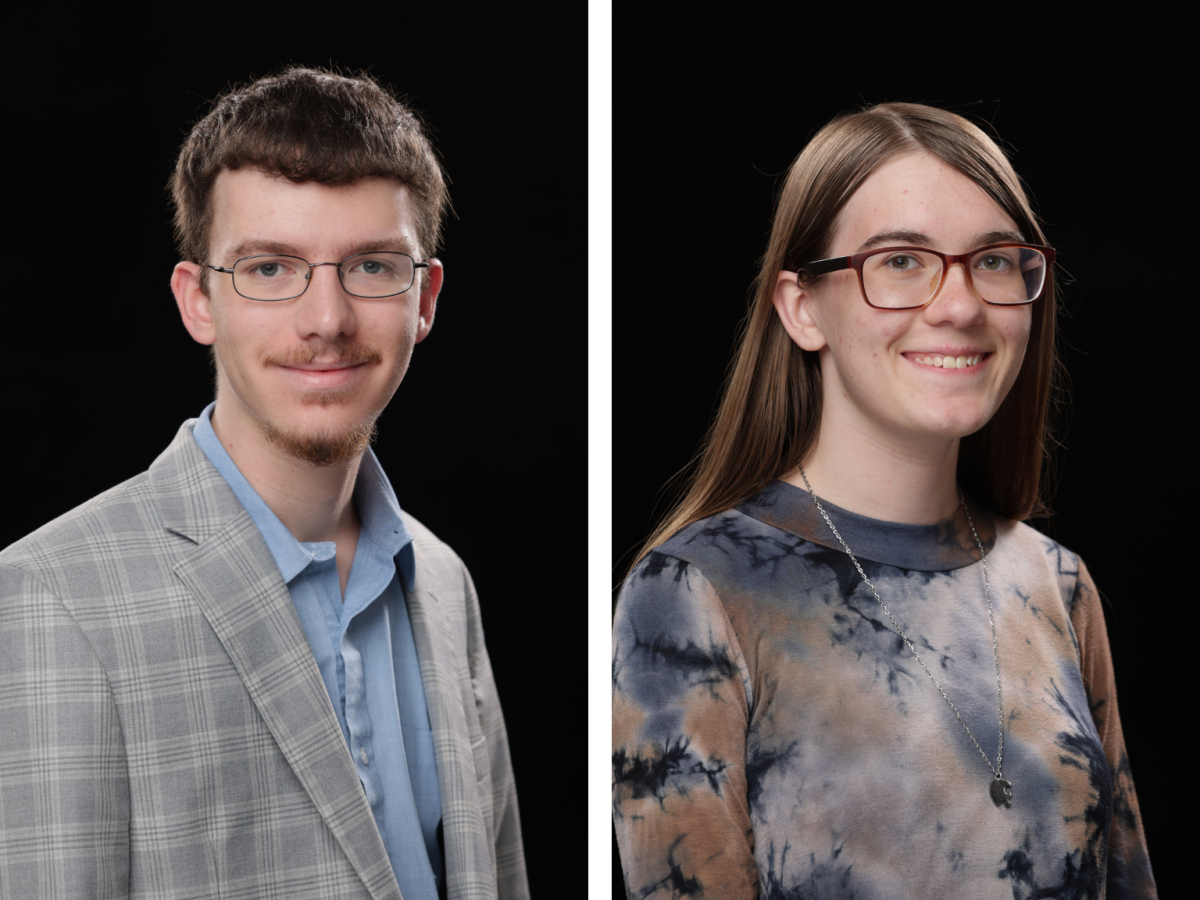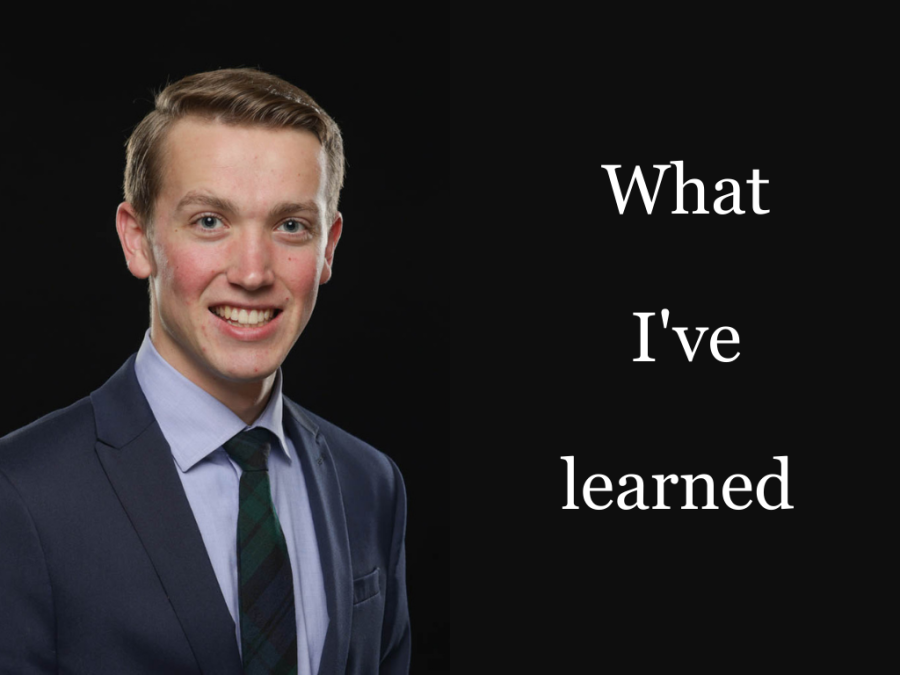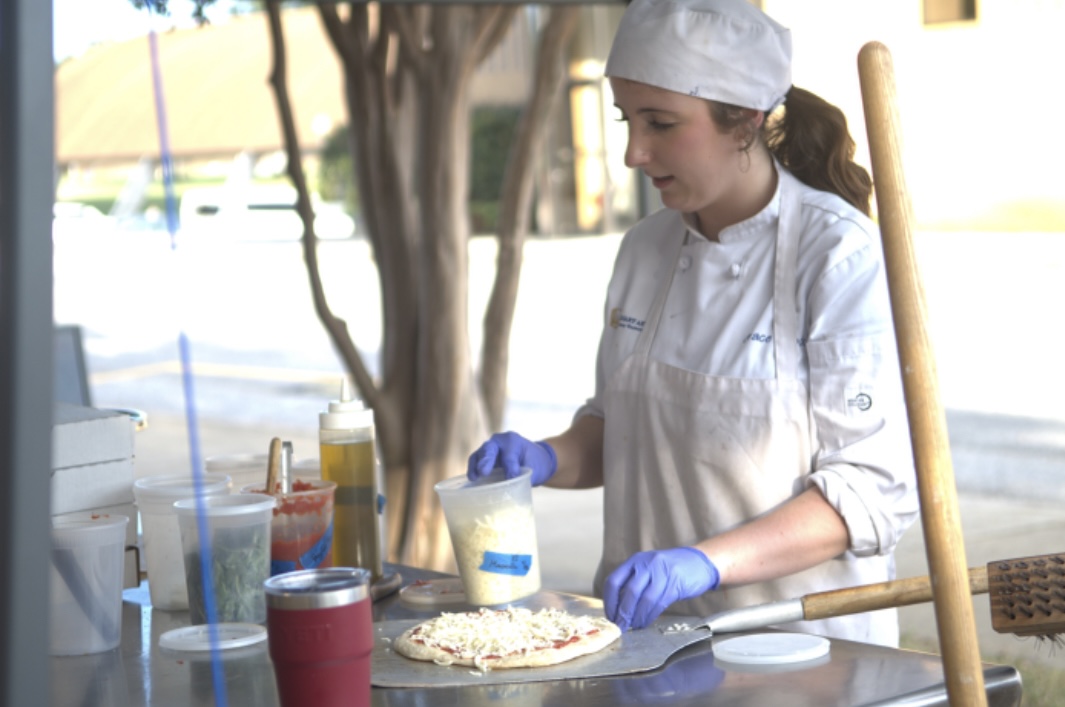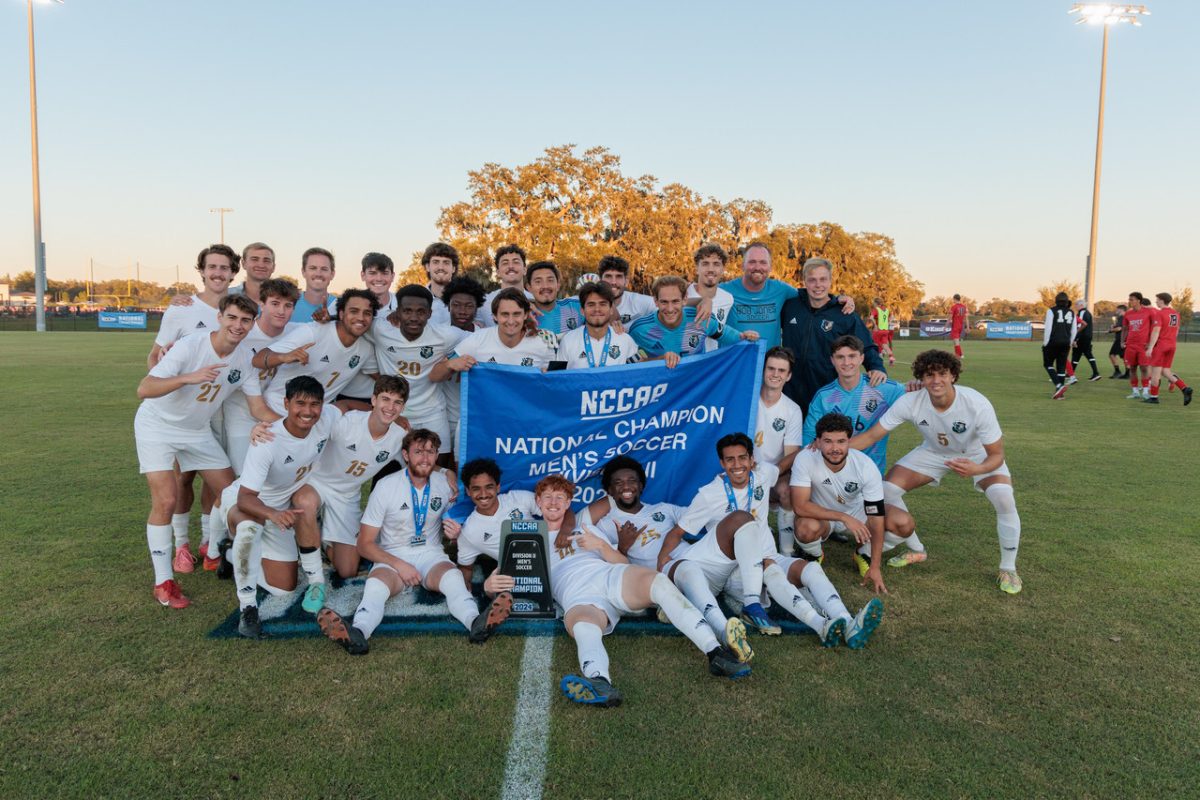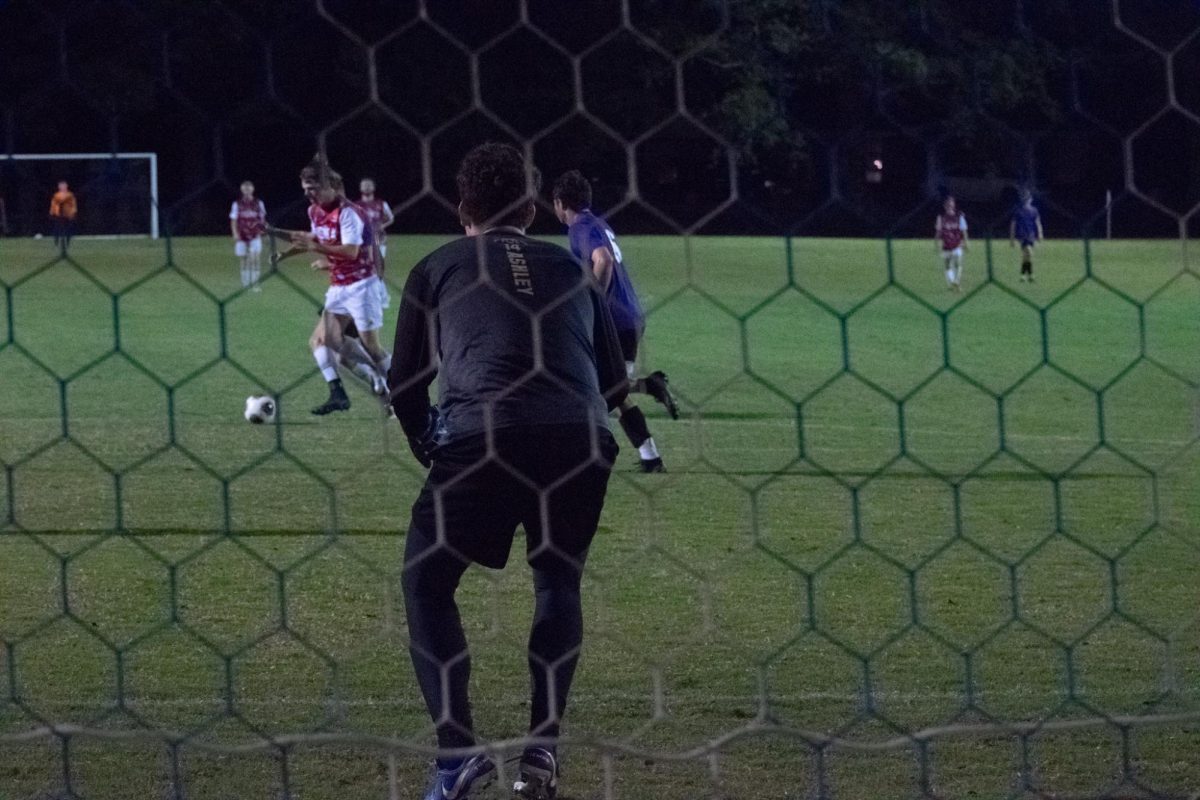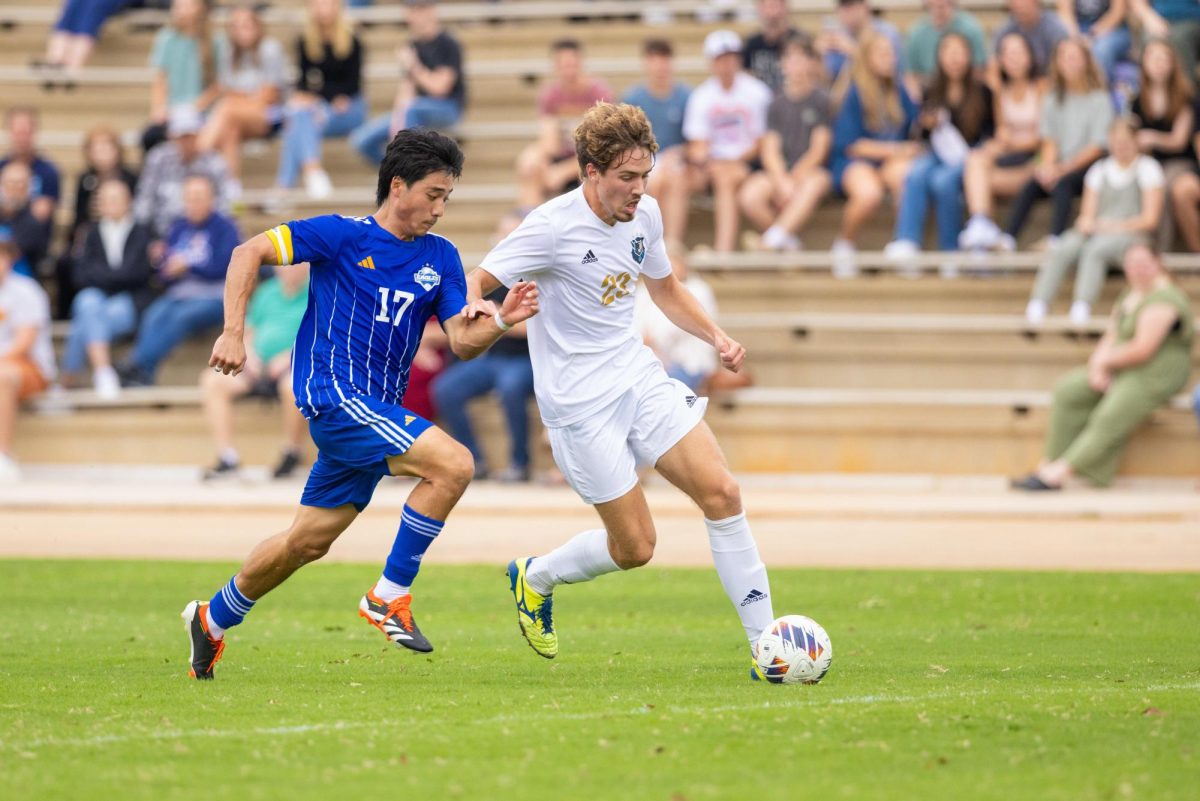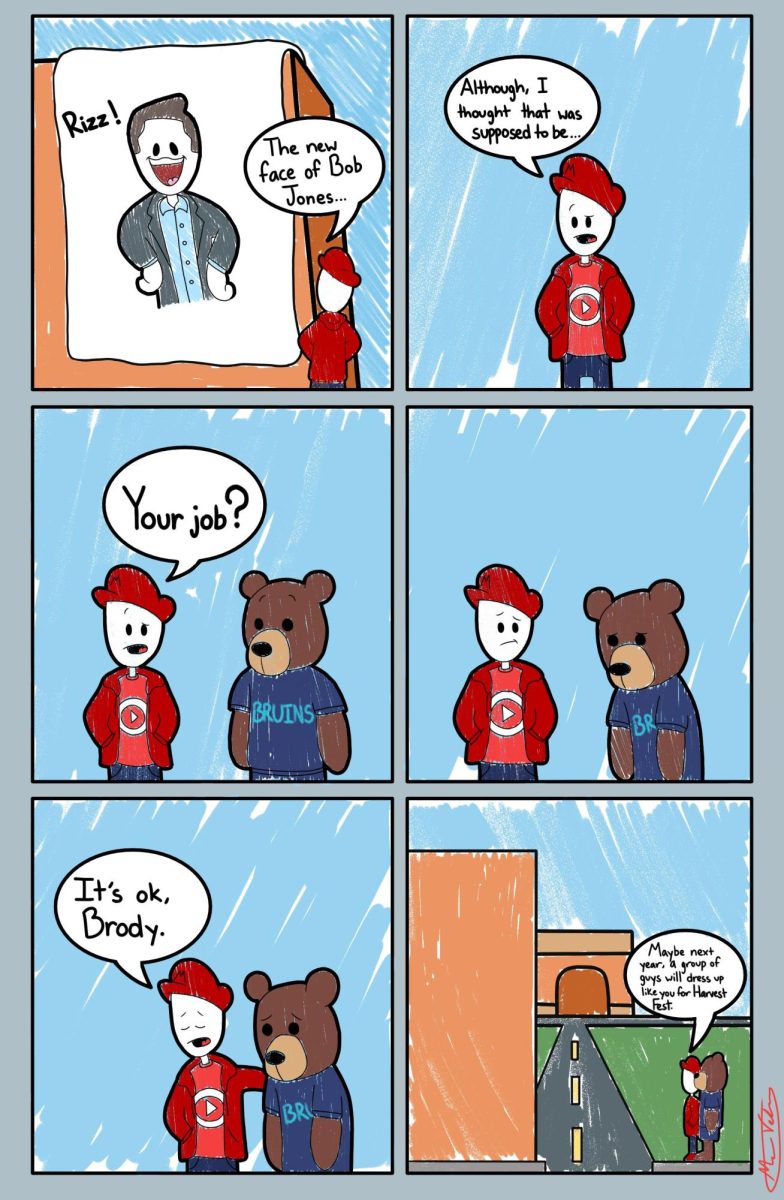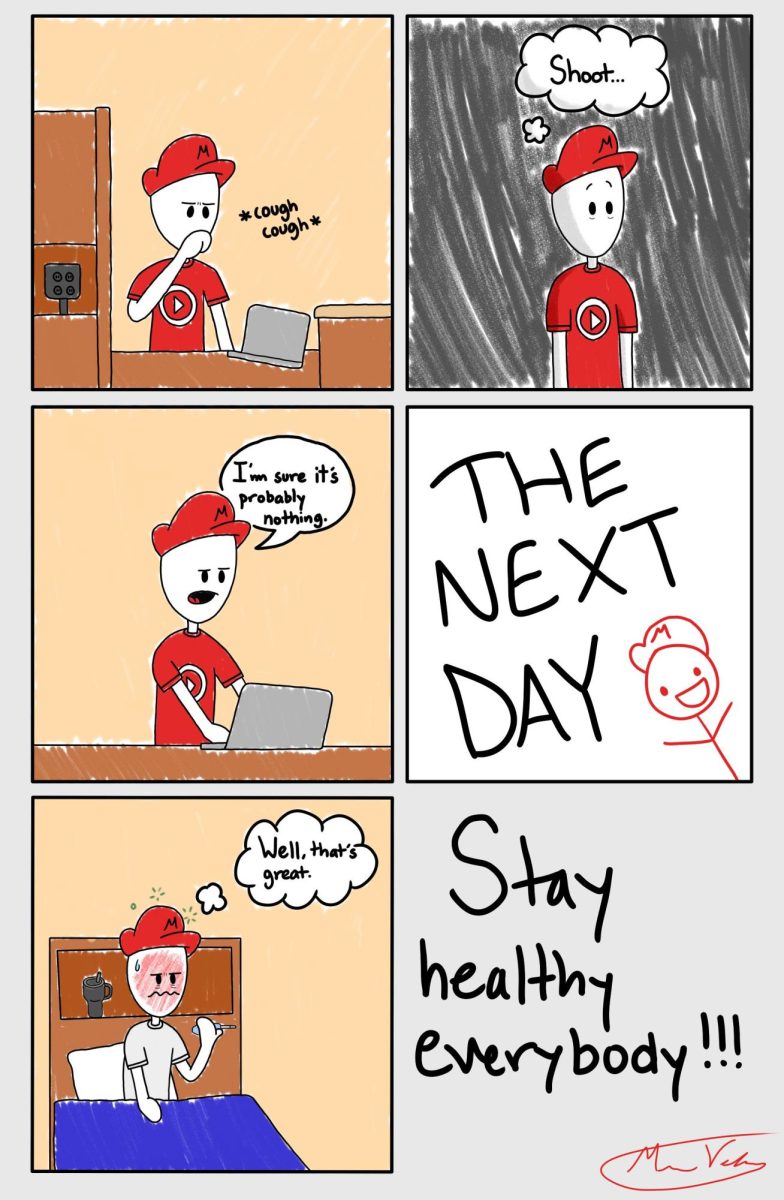In the past two weeks, I’ve taken two notable walks across campus, each producing a very different feeling although taken on the exact same path and at roughly the same time.
The first walk led me to absolute misery while the second brought me to pure bliss.
It was a cold Thursday when I made the perilous seven-minute journey from the Fine Arts Building to the Smith residence hall. Not yet 5 p.m., and it was already dark. After hours of pitter-patter on the rooftops, the rain continued to come down.
My coat rested peacefully in the backseat of my friend’s car while the wind ripped the warmth from my bare folded arms. Half way through the trip, I had had enough and began to run in a desperate attempt to make the experience as brief as possible.
I must have looked like a drowned rat when I finally reached Smith’s lobby. The miserable feeling I had soon disappeared, but the subsequent cough and fever served as souvenirs of the trip for days to come.
Not even a week later, I took the same walk, but the sun was shining. And I saw the signs of spring approaching everywhere I looked. Birds chirping. Flowers blooming.
The laughter and playful shouts of Academy students floated on the breeze, and each friend I passed greeted me with a smile and polite conversation.
All seemed well in the world. This time when I reached the lobby, seven minutes seemed far too short a walk.
What was the difference between my two walks across campus? The answer is simple—the weather.
It’s funny how weather and climate affects us and what emotions and moods it helps to bring out of us.
Some research connects the weather to people’s happiness. Other studies show a correlation between suicide rates and weather conditions. Cities even report spikes in violent crimes during extreme heat.
Knowing all this, I was intrigued to find that educator Haim Ginott described teachers as climate makers.
“It’s my daily mood that makes the weather. As a teacher, I possess a tremendous power to make a child’s life miserable or joyous,” Ginott said.
“I can humiliate or heal. In all situations, it is my response that decides whether a crisis will be escalated or de-escalated and a child humanized or dehumanized.”
Even from my simple experiences walking back to the residence hall, I understand just how phenomenal the power Ginott attributes to teachers is.
After studying education for three years and observing countless classrooms and having taught in both public and Christian schools, I’ve come to agree with Ginott.
When I teach, I’m the decision maker, the one who makes the sun shine or the rain fall.
Three weeks ago, the principal of my practicum school announced on the intercom that our school was on full lockdown, and it wasn’t a drill.
With police officers and their dogs racing through the halls, immediately all my students’ eyes were on me and my mentor teacher. Even the students who had refused to listen or participate in class now looked to us for answers.
If I panicked, so would they. If I remained calm, so would they. In that moment I felt the power and the responsibility Ginott ascribed to me and to all teachers.
But I’ve been thinking that Ginott’s scope was too small because it’s not just teachers, but all of us who are climate makers. In every place and in every relationship we inhabit, we create the weather.
We choose when the wind blows and when the clouds come. We decide when a friend walks home in the sunshine or in the rain. Ours is the choice to hurt or heal, to humanize or dehumanize.




